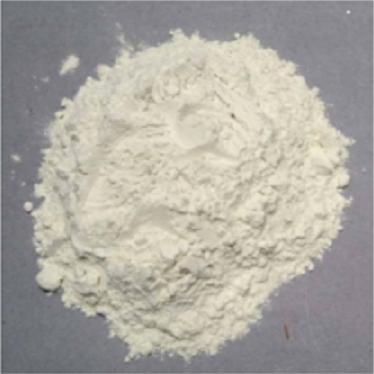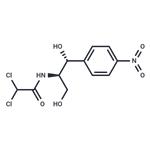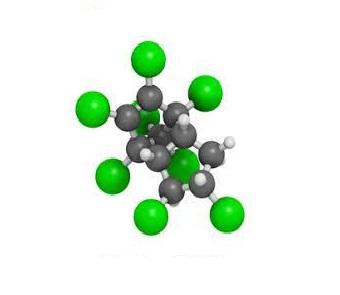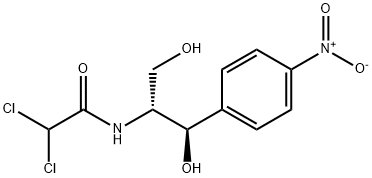Uses of Chloramphenicol
Jan 5,2022
Chloramphenicol was first isolated from cultures of Streptomyces venezuelae in 1947 but now is produced synthetically. As the first discovered broad-spectrum antibiotic, it acts by interfering with bacterial protein synthesis.

Uses
Chloramphenicol as an antibiotic is active against grampositive and gram-negative bacteria and anaerobic microorganisms. It was originally introduced as a treatment for typhoid but now it is rarely used for this purpose because of the prevalence of multiple drug-resistant Salmonella typhi. As it has an excellent blood–brain barrier penetration, chloramphenicol is the antibiotic of choice for brain abscesses caused by staphylococci and mixed or unknown microorganisms. Chloramphenicol is used in the treatment of meningitis when there is allergy to penicillin or cephalosporin. It may also be effective against vancomycin-resistant enterococci.
Environmental Fate
In the aquatic system, chloramphenicol is not expected to
adsorb to suspended solids and sediments given by the Koc
(Soil Organic Carbon–Water Partitioning Coefficient) value
of 99.
Chloramphenicol solutions are susceptible to direct photolysis
by sunlight or high temperatures and decompose to form
hydrochloric and dichloric acid. Hydrolysis of chloramphenicol
is not anticipated under environmental conditions because
it lacks a functional group to hydrolyze. Chloramphenicol has
been reported to degrade 86.2% with a biodegradation rate of
3.3 mg COD per gram per hour using adapted activated sludge
as the inoculums. It can also be degraded by intestinal bacteria
via amidolysis to 18 observed metabolites.
Mechanism of Toxicity
As an antibiotic, chloramphenicol enters the target cells by facilitated diffusion and binds reversibly to the 50S ribosomalsubunit. This prevents the interaction between peptidyl transferase and its amino acid substrate, which results in the inhibition of peptide bond formation.
Indeed, it is an inhibitor of protein synthesis in the bacteria and to a lesser extent, in eukaryotic cells. Chloramphenicol can also inhibit mitochondrial protein synthesis in mammalian cells particularly erythropoietic cells, which are sensitive to the drug.
- Related articles
- Related Qustion
- Chloramphenicol: Chemistry, Mechanism of Action and Pharmacokinetics Nov 27, 2024
Chloramphenicol is a broad-spectrum antibiotic that can be taken orally or topically with minimal harmful effects. It is an Amphenicol-class Antibacterial.
- The utility of chloramphenicol Jun 27, 2022
Chloramphenicol was the first of the clinically useful antibiotics to be synthesized and the only one which is marketed in synthetic form today
- What is Chloramphenicol? Mar 21, 2022
Chloramphenicol was originally isolated from Streptomyces venezuelae. It competes with transfer RNA at the peptidyl transferase cavity of the 50S subunit of the bacterial 70S ribosome and thus inhibits protein synthesis.
Palmitoylethanolamide is an endogenous lipid that acts as a selective GPR55 agonist (EC50 values are 4, 19 800 and > 30 000 nM at GPR55, CB2 and CB1 receptors respectively).....
Jan 5,2022APIChlordane is a chlorinated cyclodiene manufactured for use as an insecticide. Technical chlordane is a mixture of cisand trans-chlordane, lesser amounts of heptachlor, nonachlor and chlordenes, and other related compounds. Chlordane represe....
Jan 5,2022Chemical pesticides ?Chloramphenicol
56-75-7You may like
- Chloramphenicol
-

- 2025-12-05
- CAS:56-75-7
- Min. Order:
- Purity: 0.99
- Supply Ability:
- Chloramphenicol
-

- $40.00 / 500mg
- 2025-12-05
- CAS:56-75-7
- Min. Order:
- Purity: 99.84%
- Supply Ability: 10g
- Chloramphenicol
-

- $40.00 / 500mg
- 2025-12-05
- CAS:56-75-7
- Min. Order:
- Purity: 99.84%
- Supply Ability: 10g





